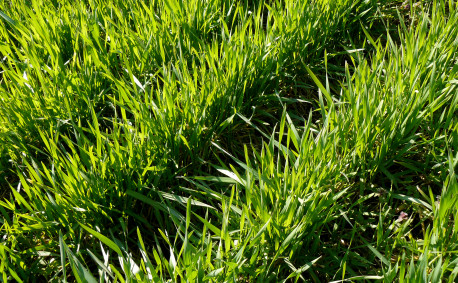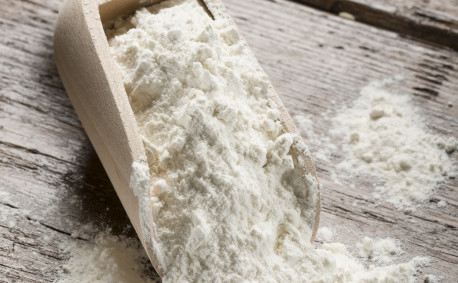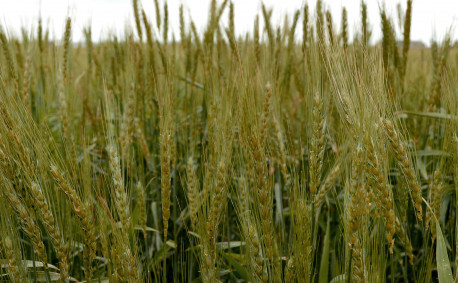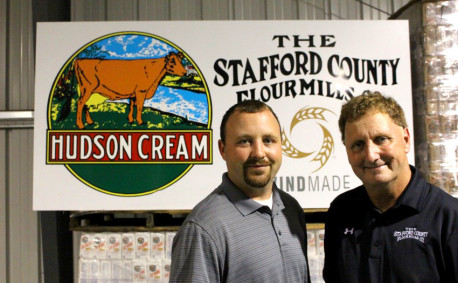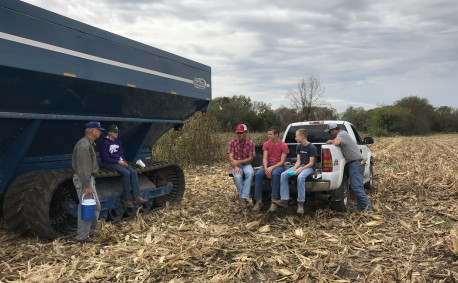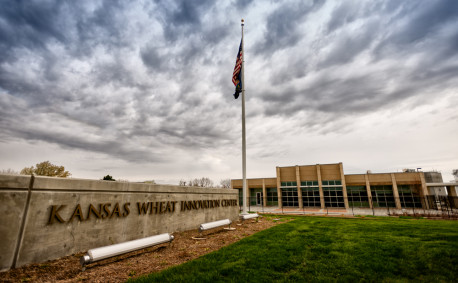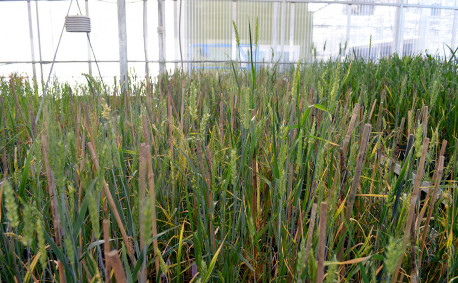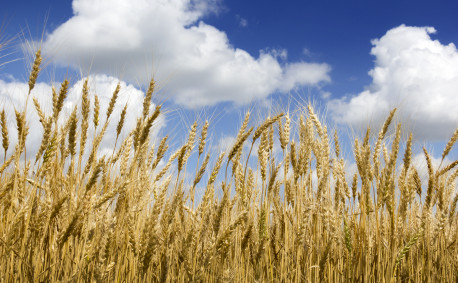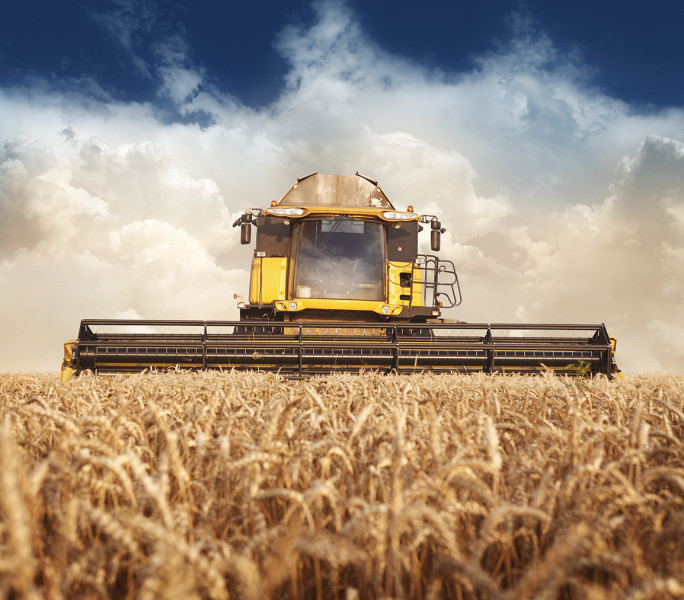Wheat Harvest in Kansas
The Wheat State. Breadbasket of the World. Kansas’s amber waves of grain are rooted in our national heritage. Not only is Kansas among the top-producing wheat states year after year, it has produced this staple grain as early as 1839 — before it was even a state (which happened in 1861, but we’re sure you already knew that!).
More robust record tracking started in 1866 and in 1874, a variety of wheat called Turkey Red came on the scene. Turkey Red wheat was brought to Kansas by Mennonite immigrants from Crimea. Legend has it, they traveled with these hearty seeds among their belongings, although this might be more of a tall tale than hard fact. However it got here, Turkey Red wheat is an ancestor of much of the wheat grown in Kansas today.
What Kind of Wheat Is Grown in Kansas?
There are six different types, or classes, of wheat. Most of the wheat grown in Kansas is hard red winter wheat. Hard red winter wheat is high in protein and has strong gluten. These traits make it ideal for baking breads and rolls. This type of wheat grows well in Kansas soil and can withstand many of the environmental conditions here.
Kansas farmers also grow hard white and soft red winter wheats. However, these only make up about 5% of the wheat crop in the state. Hard white wheat is often used to make flatbreads and noodles. Soft white wheat is often used to make cookies and crackers.
When Is Wheat Harvest?
In Kansas, wheat harvest normally runs from mid-June to mid-July, depending on how the growing season progresses and the weather at harvest time.
Hard red winter wheat is planted in September and October. It sprouts late fall, then lies dormant during the winter. The cooler temperatures trigger reproduction, so when spring brings warmer weather, the fall sprouts wake up and start to grow. Spring temperatures, precipitation and other factors determine how well the wheat crop will fare each year.
As summer arrives, the tall, green stalks dry out, turning a golden color — those amber waves we see rippling in the wind across the state. When the plants are dry and weather permits, farmers begin harvest. Harvest follows the warming pattern, starting in south central Kansas and moving north and west.
How Is Wheat Harvested?
Farmers use a piece of equipment called a combine to harvest their crops (or they hire a special crew, called custom cutters or custom harvesters, to do it for them). The name combine comes from the fact that the machine combines several steps, including:
- Cutting the plants
- Separating the grain from the plant material
- Removing small plant material called chaff (which is where the expression “separating the wheat from the chaff” comes from)
- Moving the grain into a bin for transport and depositing the inedible plant material and chaff back onto the field
Depending on the type of crop being harvested, farmers will use different attachments on their combines. For wheat harvest, they use a grain header. These large parts are attached to the front of the combine and range from 25 to 45 feet wide. Stripper heads leave the leftover straw on the field. A combine can go anywhere from 2 to 7 miles per hours during harvest. So, it takes quite a while for farmers to harvest hundreds of acres of wheat.
How Much Wheat Is Harvested?
In recent years, Kansas has averaged 328 million bushels of wheat grown on 8.5 million acres of farmland per year. That’s more than 38 bushels per acre. One bushel:
- Has about 1 million kernels of wheat
- Weighs about 60 pounds
- Can make 42 pounds of white flour or 60 pounds of whole-wheat flour
Kansas produces about one-fifth of the wheat grown in the U.S. Half of the wheat grown here is exported to other countries.
From farmers to scientists, the agriculture industry is dedicated to improving the yield (the amount of wheat grown per acre) and the quality of wheat. Farmers make decisions based on soil and weather conditions, information on how crops did in previous years and other factors unique to their farm. Scientists research different varieties of wheat to introduce new seeds that might have desirable traits, like drought resistance, that will benefit farmers.
The next time you pass golden fields or see a combine hard at work, think of the time and effort that goes into making your favorite breads, crackers, cakes and more. We’re grateful for all of our farmers who grow and harvest Kansas wheat.


